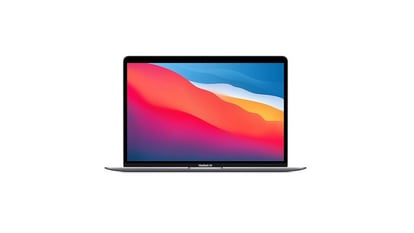NASA Astronomy Picture of the Day 7 February 2023: Rare green comet seen with two Dippers
NASA’s Astronomy Picture of the Day takes you to a rare view of the Green comet in the night which is still visible.
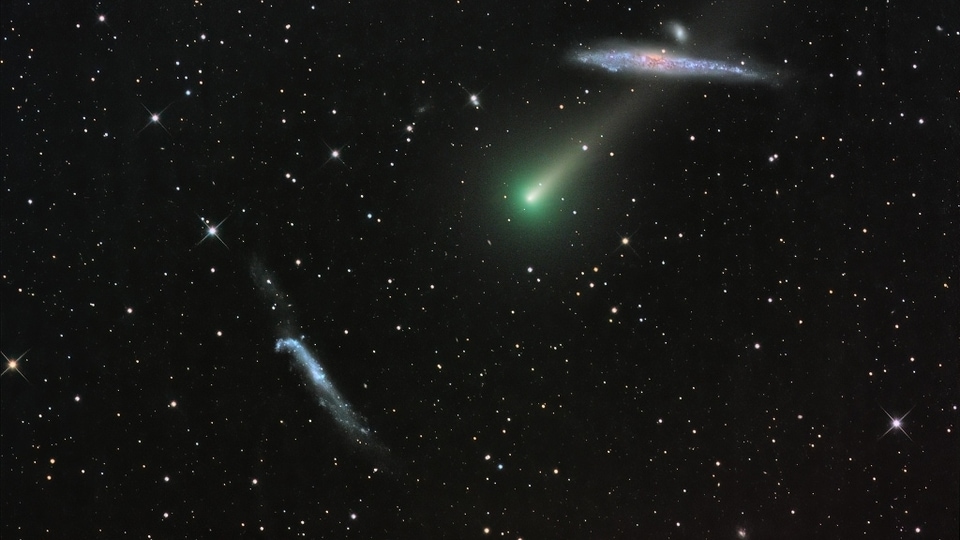
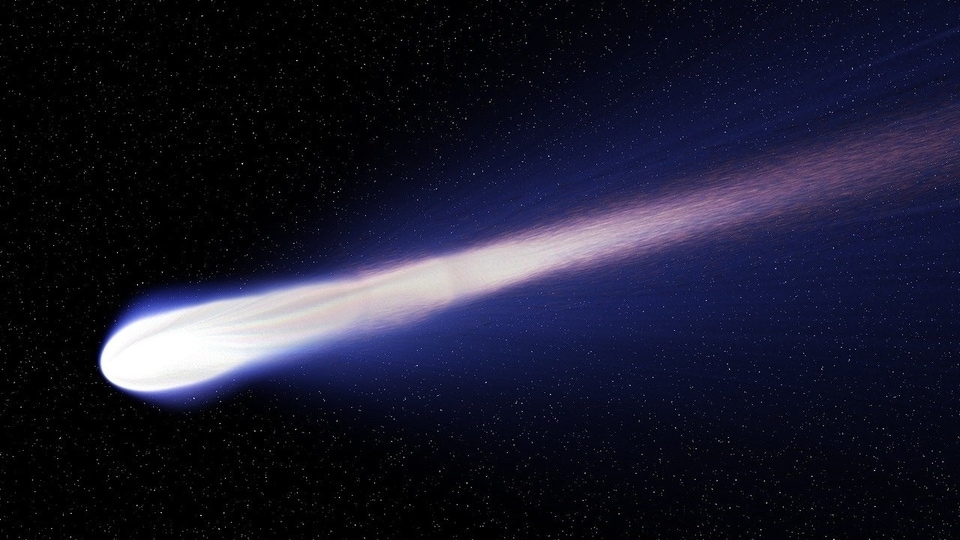
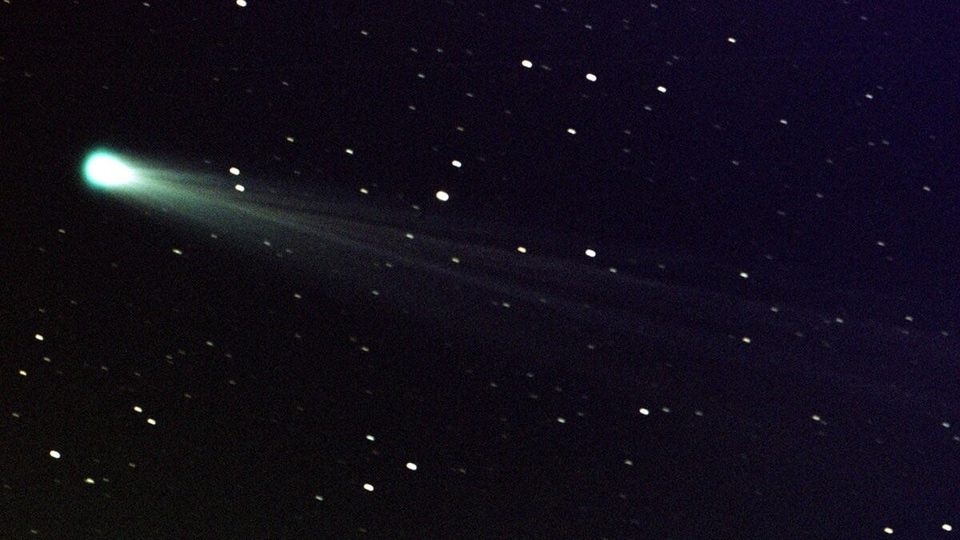
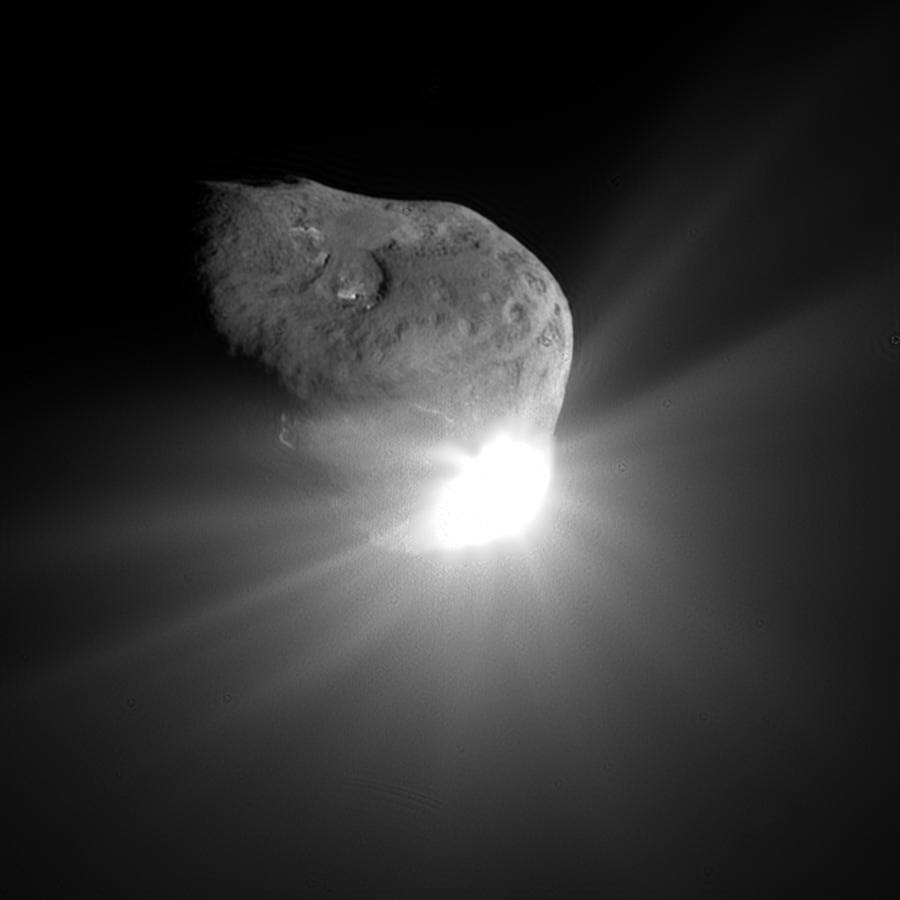
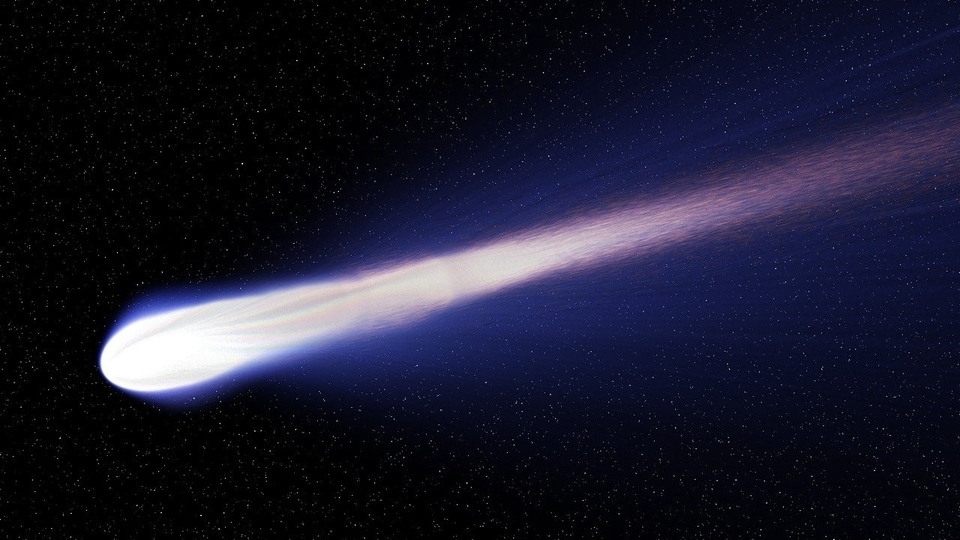
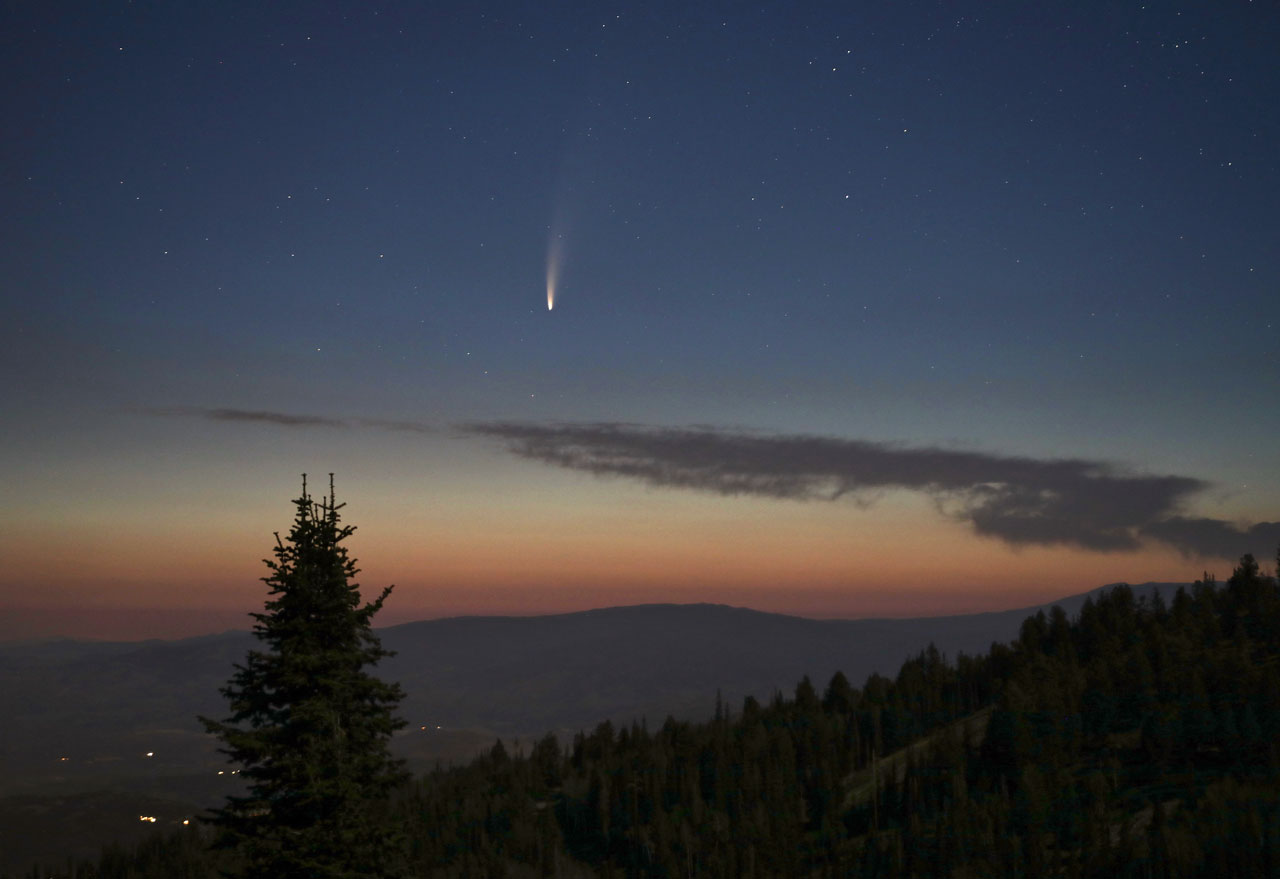
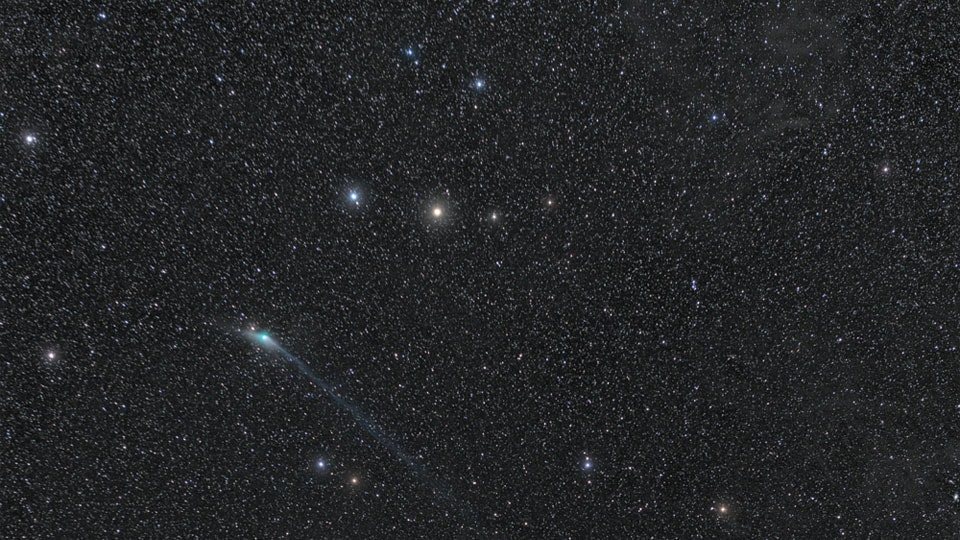
 View all Images
View all ImagesThe rare green comet was all over the news ahead of its closest approach to Earth after 50000 years on February 1. But the question is, can you still see the rare comet in the night sky? NASA answers yes! This rare comet named C/2022 E3 (ZTF) is fading with time, but you can still see it in the sky if you know where and when to look. Now, Comet ZTF has been featured as the NASA Astronomy Picture of the Day, along with two dippers.
NASA says that geometrically, Comet ZTF has passed its closest to both the Sun and the Earth and it is now on its return journey back to the outer Solar System. Its orbit around the Sun has it gliding across the northern sky all month, after passing near Polaris and both the Big and Little Dippers last month. NASA explains the photo, “pictured, Comet ZTF was photographed between the two dippers in late January while sporting an ion tail that extended over 10 degrees.”
How to catch green comet now
Missed the chance to catch Green comet during its closest approach? Here's a chance! NASA says that it is below naked-eye visibility. However, Comet ZTF can be seen with binoculars or a small telescope and a good sky map. When to see it? A good time to catch the comet ZTF over the next week is after the Sun sets -- but before the Moon rises. The comet will move nearly in front of Mars in a few days, NASA confirmed.
About Dippers
NASA's image of the day also shows two dippers - the Big Dipper and the Little Dipper. The Big Dipper is a popular term used to describe the shape formed by the seven brightest stars in the constellation Ursa Major or the Great Bear. The stars of the Big Dipper are part of a larger asterism known as the North Star and are among the most recognizable stars in the night sky. These stars form a unique dipper-shaped pattern.
While the Little Dipper is a smaller, less well-known dipper-shaped constellation. This also consists of seven stars, including the North Star, Polaris, which is one of the brightest stars in the night sky and serves as a useful reference point for navigation.
Catch all the Latest Tech News, Mobile News, Laptop News, Gaming news, Wearables News , How To News, also keep up with us on Whatsapp channel,Twitter, Facebook, Google News, and Instagram. For our latest videos, subscribe to our YouTube channel.































